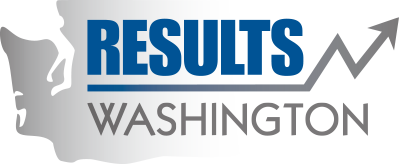Archived: Increase percentage of adult offenders complying with their conditions of supervision or case plan
Individuals who remain compliant and positively engaged with their case plan while on community supervision are less likely to re-offend. This compliance allows the community corrections officer and the supervised individual to regularly meet, and to discuss and refer the best fit programs and treatment opportunities responsive to the their needs. When an individual actively participates in his/her case plan, s/he is more likely to be compliant and meet the requirements of supervision, and better prepared for life after supervision. This contributes to a safer workplace and community.
The latest figures show that 3 out of 4 individuals are compliant with supervision. The average compliance has been 74 percent in the past 12 months. In 2012, Washington State implemented Swift and Certain response to violations policy. This evidence-based approach has been successfully adopted in community supervision setting in other jurisdictions across the nation. Washington state is the first to adopt this practice statewide. In order to reach our goal, roughly 800 additional individuals of the 18,000 individuals on supervision have to be compliant.
We are implementing best practices of Swift and Certain in our work and how we respond to violation behavior. Some of our recent efforts include:
- Encouraging community corrections officers to communicate with individuals to provide a balance of accountability and positive reinforcement. Keeping lines of communication open helps them to better understand what is working well as well as asking them what help they need to succeed.
- Developing and investing in our workforce, their skills and innovative methods, such as; Motivational Interviewing, Effective Practices in Community Supervision, Thinking for a Change, and Core Correctional Practices. This investment helps shape behavior and increase compliance.
- Using data to monitor compliance, support policy and practice changes in response to trends, and identify best practices.
- Working with national research community and receiving technical assistance to improve our approach.
To learn more about the Department of Corrections, please visit our website at www.doc.wa.gov .
Reported by: Department of Corrections
